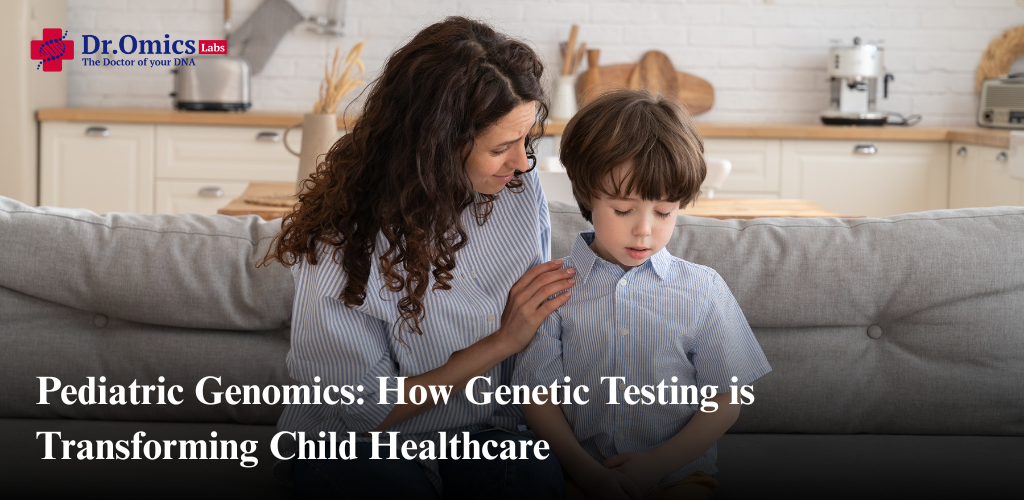Child nutrition is essential for healthy growth, cognitive development, and lifelong wellness. Yet, one-size-fits-all school lunch plans often overlook genetic differences that impact how children metabolize nutrients and respond to various foods. Thanks to nutrigenomics for children, personalized nutrition is now possible through DNA-based meal plans for kids—tailored diets designed around each child’s unique genome.
Why Genetics Matter in Kids’ Nutrition
Children’s dietary needs vary widely not only due to age and activity level but also because of their genetic makeup. Genes influence how effectively their bodies process carbohydrates, fats, vitamins, and minerals. For example, some children carry genetic variants that affect vitamin D absorption or lactose digestion—information parents and schools can use to optimize daily meals.
Moreover, genes like FTO, MC4R, and BDNF have been linked to appetite regulation and genetic obesity risk in children. Understanding these components can allow for early dietary interventions, helping prevent childhood obesity and its downstream health issues.
What Is a DNA-Based Meal Plan for Kids?
A DNA-based meal plan for kids begins with a simple, non-invasive saliva test that analyzes genetic markers tied to nutrient metabolism, food sensitivities, and preferences. This profile informs recommendations customized for:
- Essential vitamin and mineral intake (e.g., calcium, iron, vitamin D)
- Macronutrient balance tailored to metabolic needs
- Food intolerance adjustments (e.g., dairy, gluten)
- Taste preferences influenced by genes (e.g., bitter tastes)
- Metabolic rate and energy requirements
Benefits of Personalized School Lunches
Personalized school lunches that follow a DNA-guided meal plan offer several advantages:
- Support optimal brain development and focus for improved school performance.
- Prevent nutrient deficiencies that can stunt growth or impact immunity.
- Help manage weight and reduce the risk of diet-related health conditions.
- Increase acceptance of healthy foods by considering taste sensitivities.
- Empower parents, schools, and caregivers with actionable nutritional insights.
From Testing to the Lunchbox: Making it Practical
Translating DNA results into practical school meal plans requires collaboration between nutritionists, parents, educators, and food providers. Modern bioinformatics tools can generate real-time dietary recommendations that adapt as a child grows or their health needs change.
Imagine a school where meal choices automatically reflect each student’s nutritional blueprint—ensuring everyone gets food that fuels their potential, prevents hunger or fatigue, and fosters lifelong healthy eating habits.
The Future of Child Nutrition Is Personal
The era of generic school lunches is giving way to science-powered, personalized nutrition programs. Investing in personalized dietary planning through nutrigenomics for children is an innovative step toward healthier generations. It integrates cutting-edge genetic insights with traditional nutrition knowledge to optimize growth, learning, and well-being.
Personalized diet planning based on your child’s DNA is no longer just a concept—it is becoming a viable, practical strategy for schools and families who prioritize health and cognitive performance.




